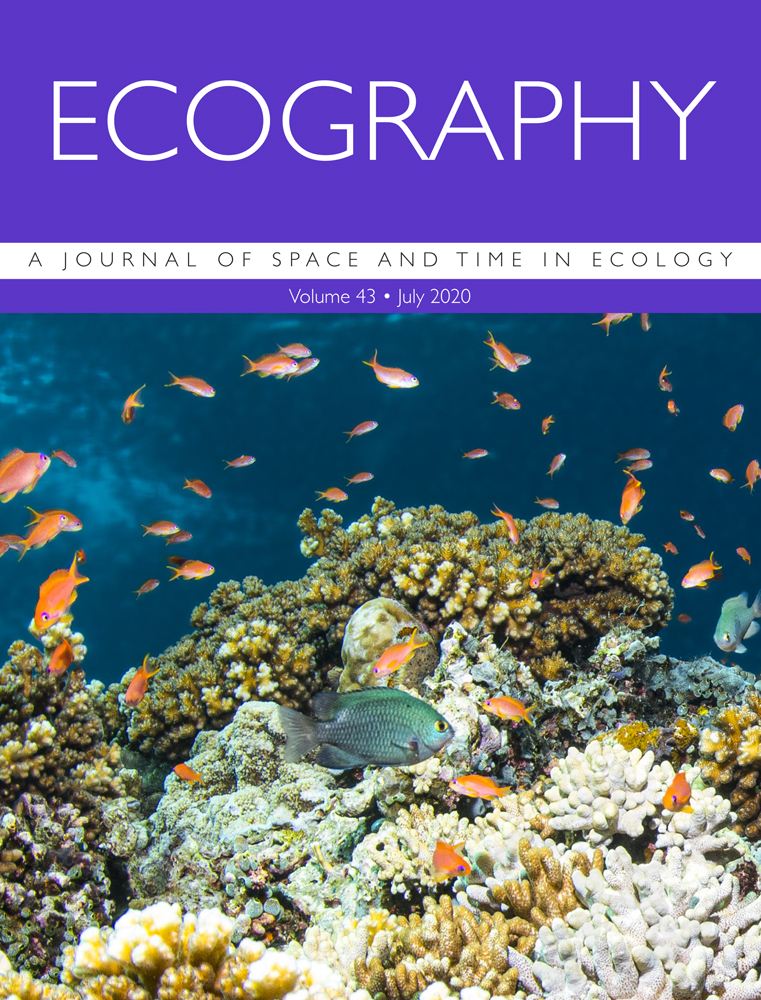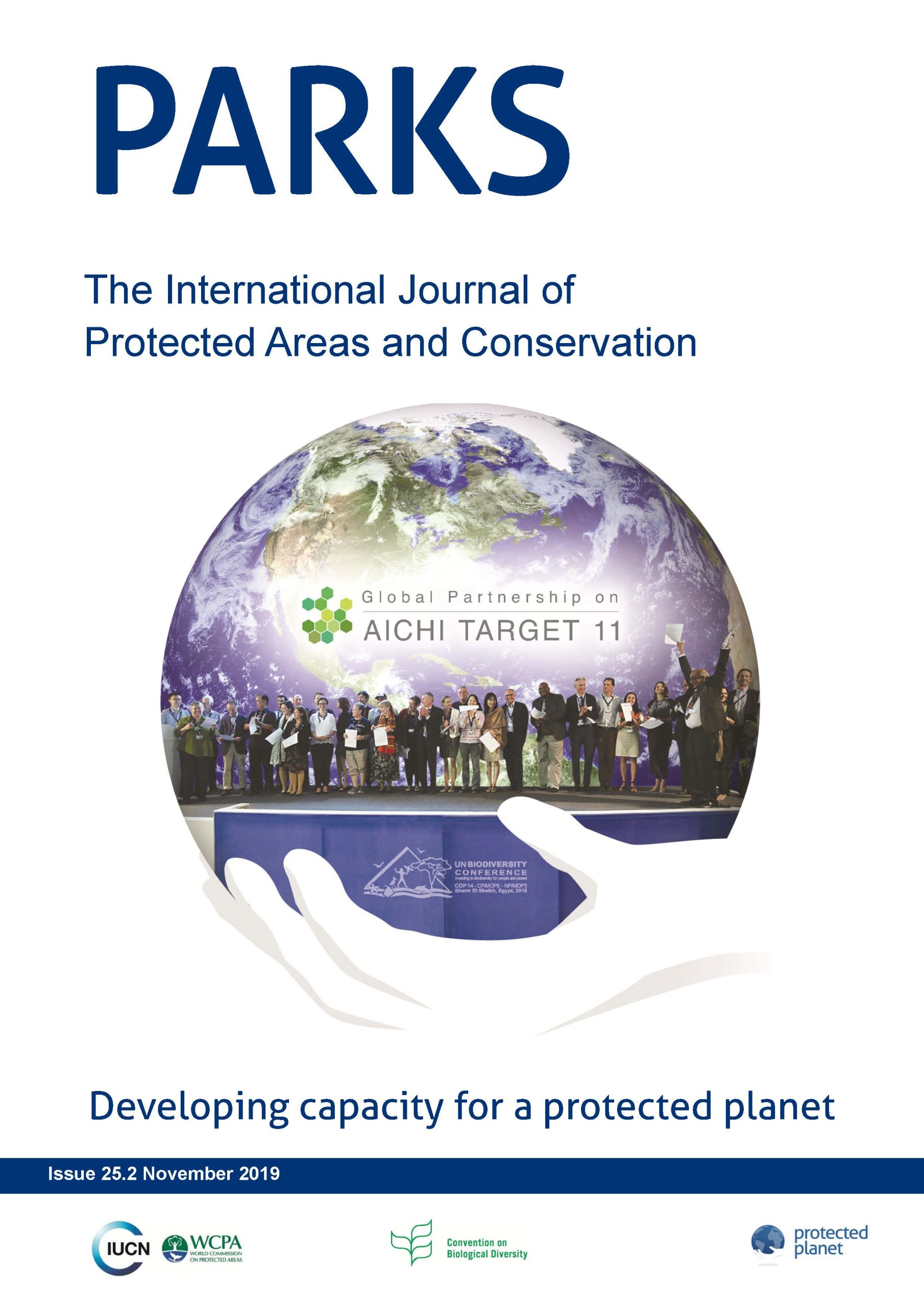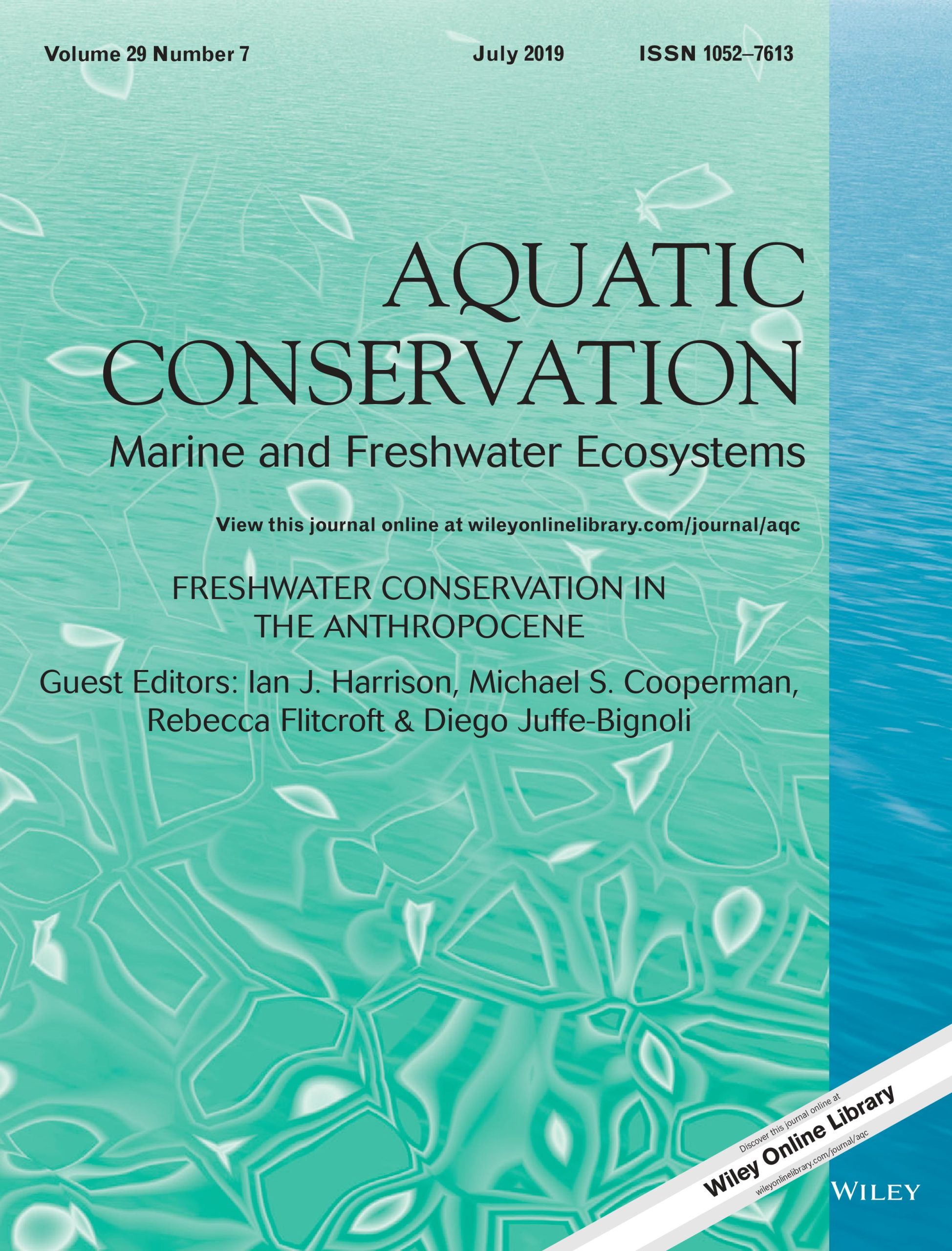Multiple29th October, 2023
Priorities for protected area expansion so nations can meet their Kunming-Montreal Global Biodiversity Framework commitments
This paper highlights examples of the planning methods available that can be utilized so these areas can be targeted for protection. We discuss issues related to trade-offs regarding how to prioritise amongst them as well as to operationalise some of the vaguer concepts like ‘representation’ and ‘ecosystem functions and services’ so that they achieve the best outcomes for biodiversity.








